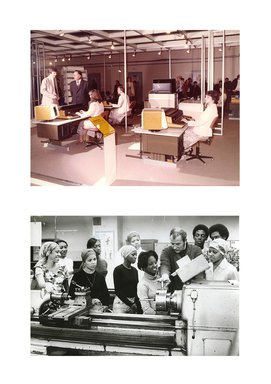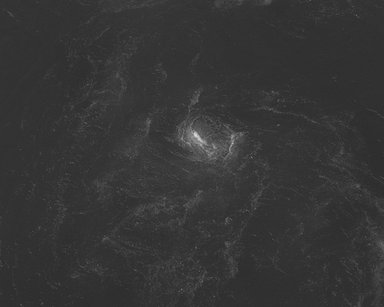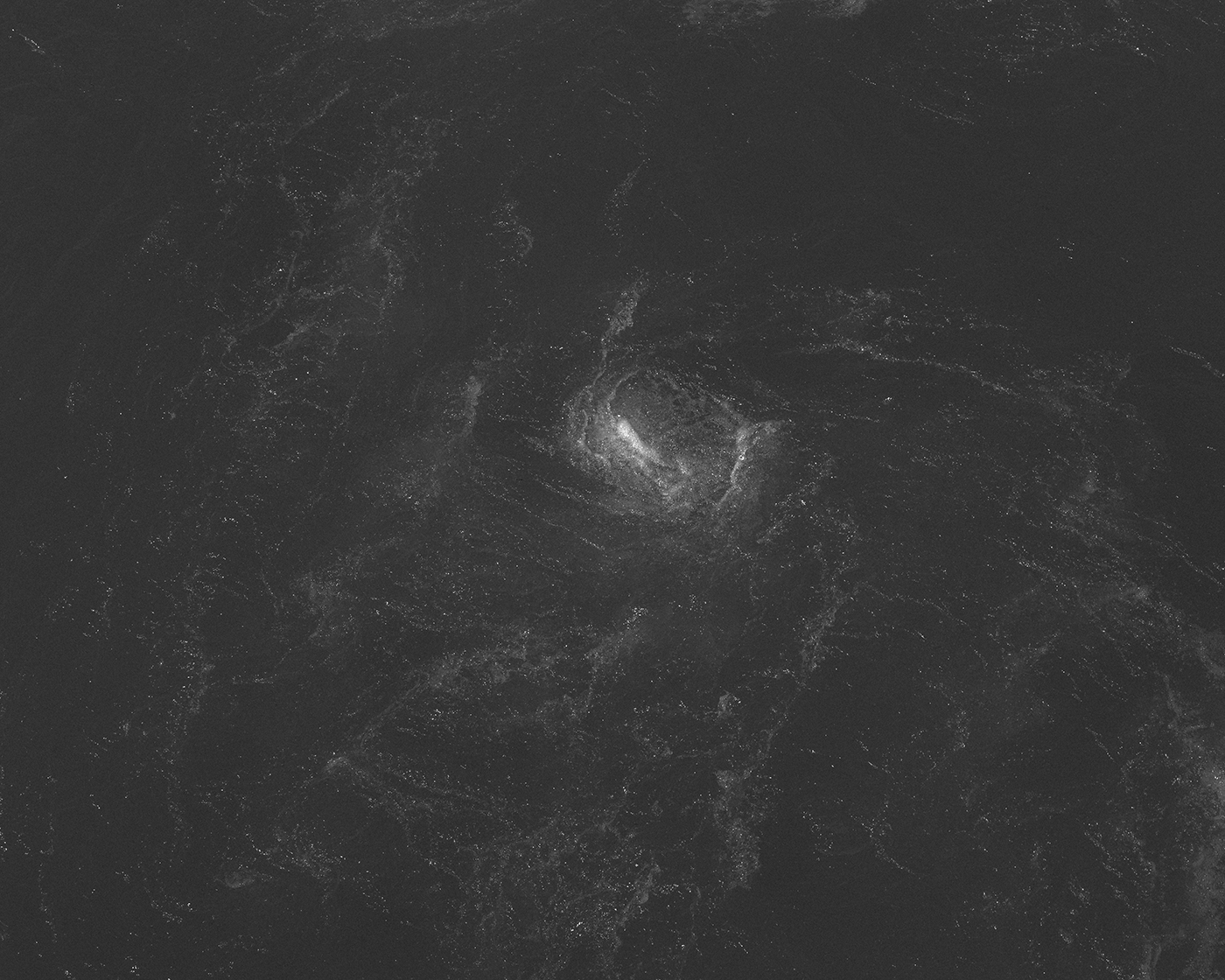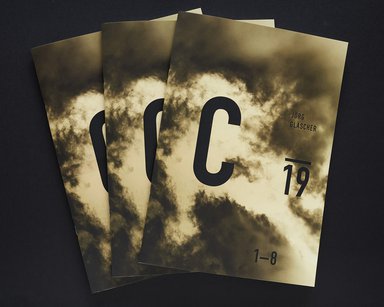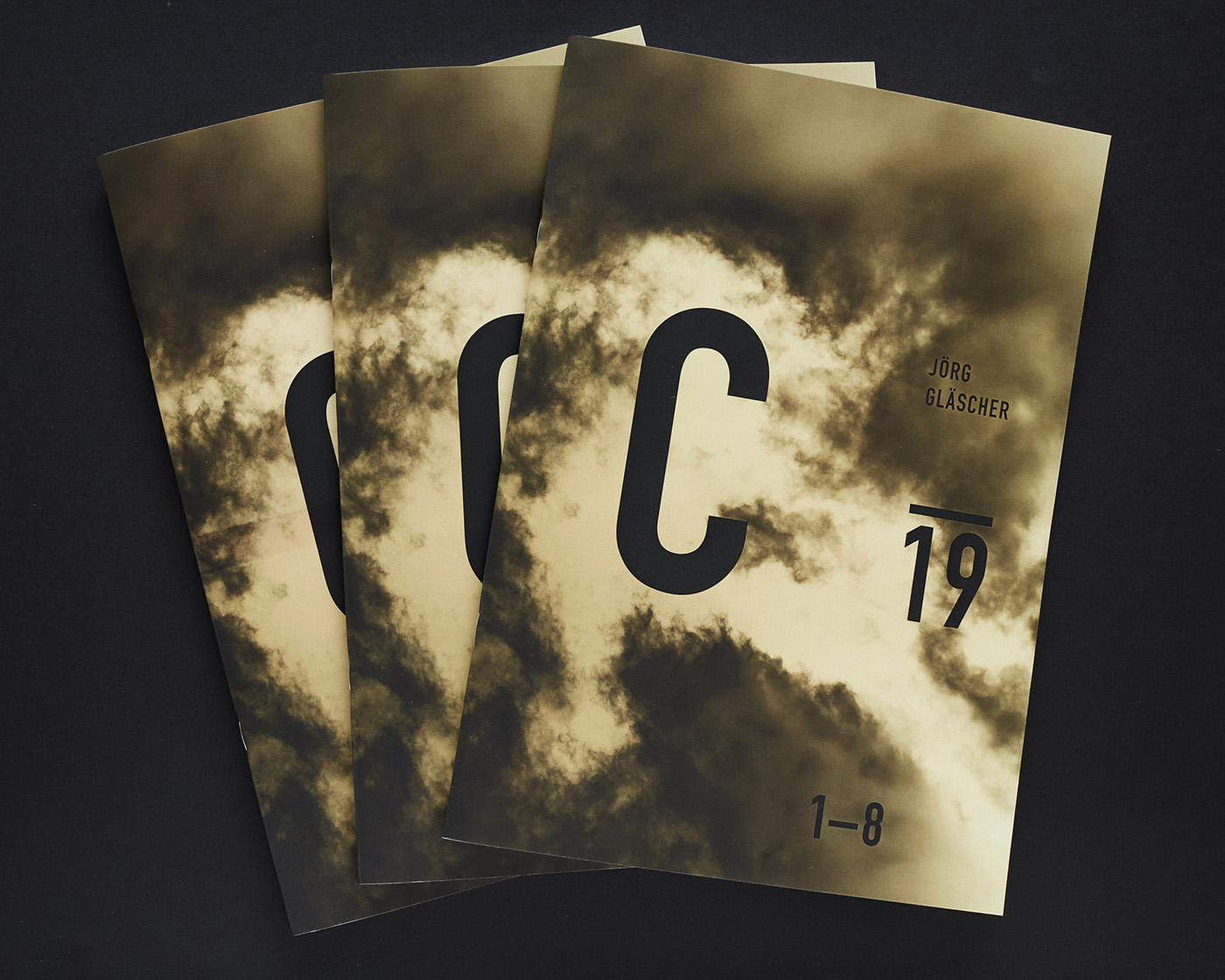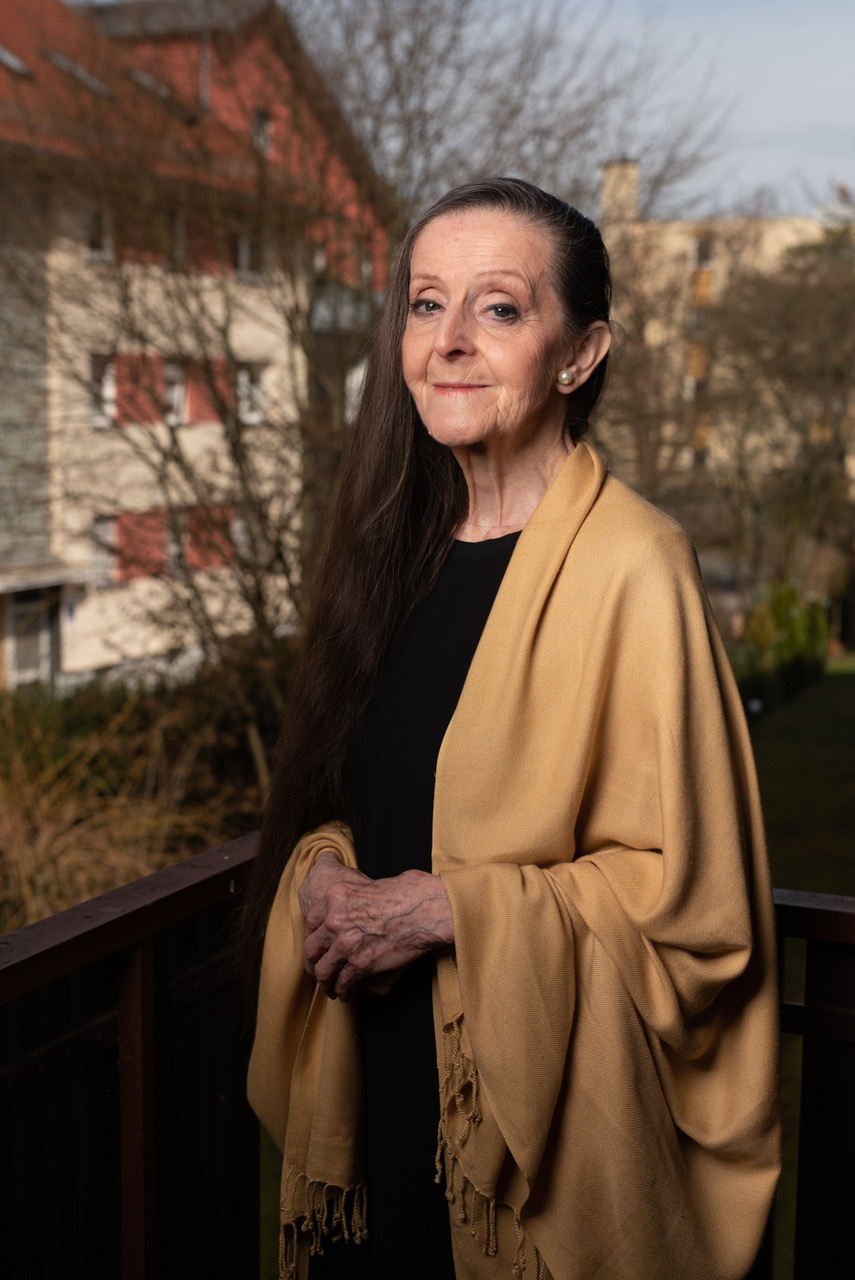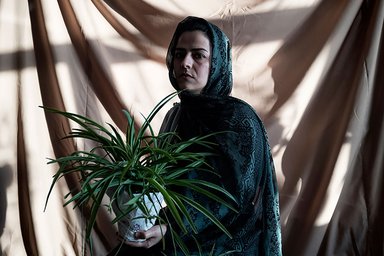Alina Simmelbauer | García's Daughter
Alina Simmelbauer | García's Daughter
Jury member Ingo Taubhorn about the work: 'Alina Simmelbauer is a seeker. Daughter of an East German and a Cuban, whom she only met in 2011. She was 30 years young then. Since then she has been looking for people whose family history is similar to hers. These are the haunting color portraits of young men and women "who grew up behind a veil of secrecy; without fathers or the knowledge of their whereabouts. What had happened? In the 1970s and 1980s, the former GDR employed so-called migrant workers from its brother countries in Mozambique, Cuba, or Vietnam, who of course not only diligently pursued their daily work but also cultivated intensive relationships with the local population. Alina Simmelbauer was born in 1981 in the district town of Sömmerda in Thuringia, 20 kilometres north of Erfurt. After two years of intensive family life, the father had to leave the country. Her group of works "García's Daughter", however, wisely does not limit itself to portraits, but rather combines archive pictures, family photos, or memorabilia from that time with a sure instinct and mixes her own history with a phenomenon that has not really been processed to this day. Her artistic work does not accuse, does not seek a guilty party, but opens up life events to us as viewers, which sensitise us to the hidden stories, even if we can only guess at them in detail. Another work that is made up of different materials and which is convincing.' Simmelbauer about their work: 'About 190,000 migrant workers from Poland, Mozambique, Cuba, Vietnam and other countries studied or worked in the GDR, the socialist brother state, from 1962 to 1990. At the end of the contract period of about 4 years, the right of residence expired and the contract workers were sent back to their home countries. Friendships, relationships and families were separated. For many former contract workers, there is something that connects them with Germany to this day, apart from their own work history: their children. I myself am the daughter of a former contract worker who had been a guest in the GDR in the early 80s. But I only got to know him in 2011 in Cuba. Since then I have been looking for people whose family history is similar to mine. On this search I met numerous children who grew up behind a veil of secrecy; without fathers or knowledge of their whereabouts. In the photographic work 'García's Daughter' I let my own search for the father be followed by the process of artistic exploration. In addition to the shots of my search in a foreign country, I take up images from company and city archives and mix them with portraits of children who are grown up today. Thus, images enter into an exchange with each other and into a relationship with the oral narrative. Here, content and history are linked in the opposite direction.' Short bio: Alina Simmelbauer grew up in Thuringia, lives and works as a photographer in Berlin. In her free works she focuses on the examination of identity and family. She completed her master's degree in photography at Burg Giebichenstein Halle/Saale (2012) and at ISA Instituto Superior de Arte Havana, Cuba (2011). In 2020 she completed the master class at the Ostkreuzschule für Fotografie Berlin under the direction of Prof. Ute Mahler and Ingo Taubhorn. She was a DAAD scholarship holder for her series 'Wir träumen allein' (We dream alone) and in 2018 she received the project funding for her current work 'García's Daughter' of the Thuringian Cultural Foundation. In 2017 she was nominated for the Hellerau Photography Award and Vonovia Award. https://alinasimmelbauer.com/
Format:
Photo / Video
